-
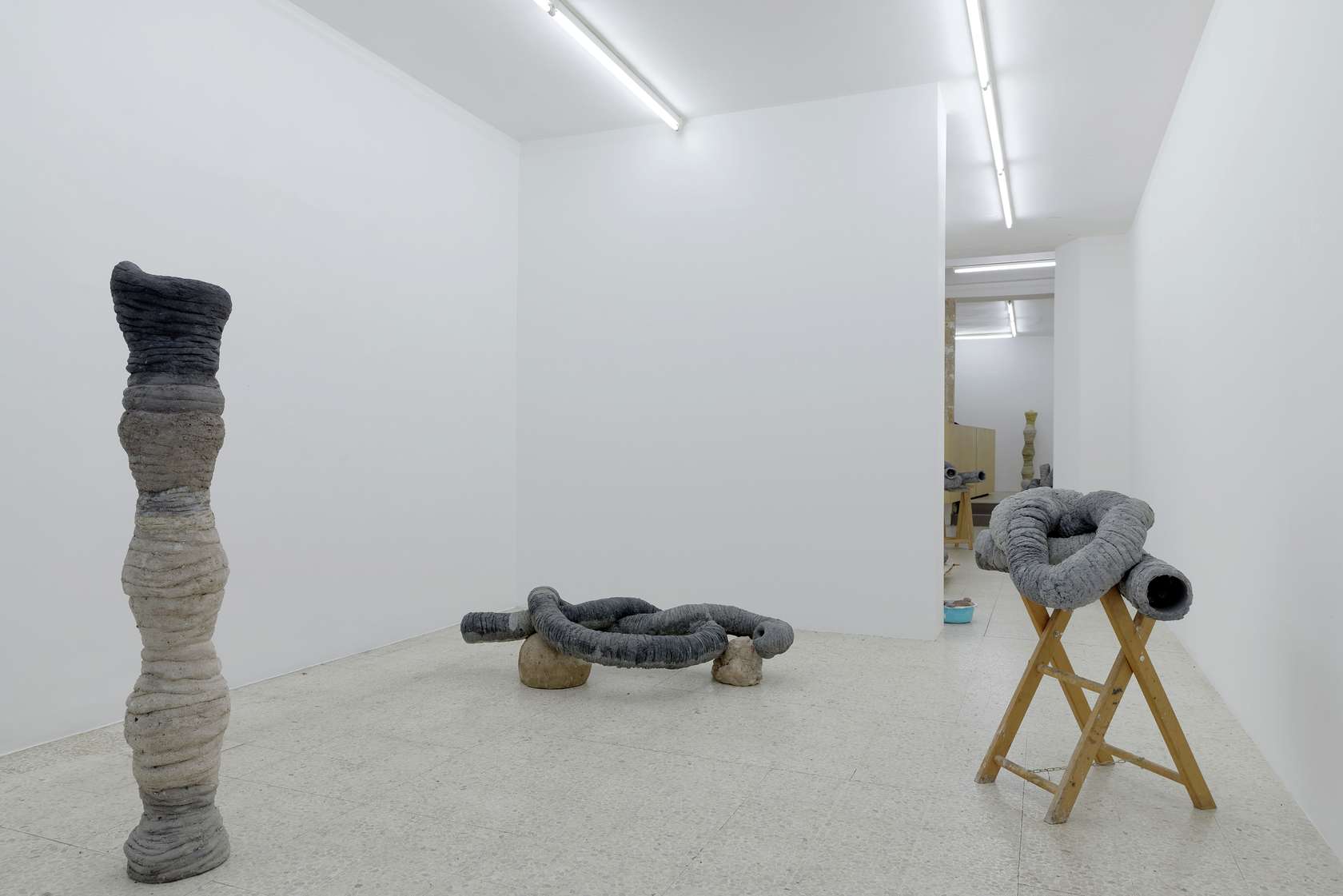 1/6
1/6
Laurent Le Deunff, Laurent Le Deunff
-
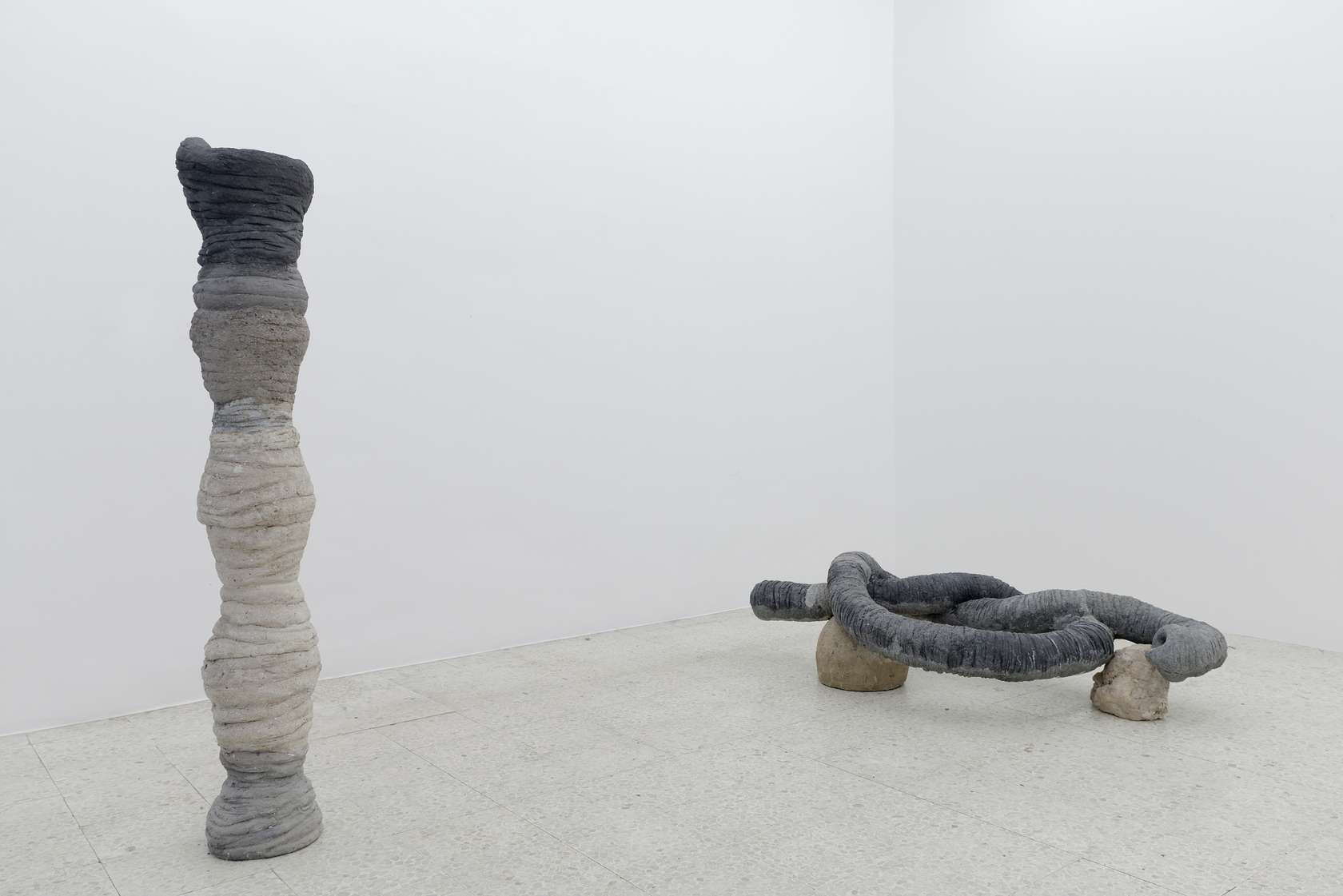 2/6
2/6
Laurent Le Deunff, Laurent Le Deunff
-
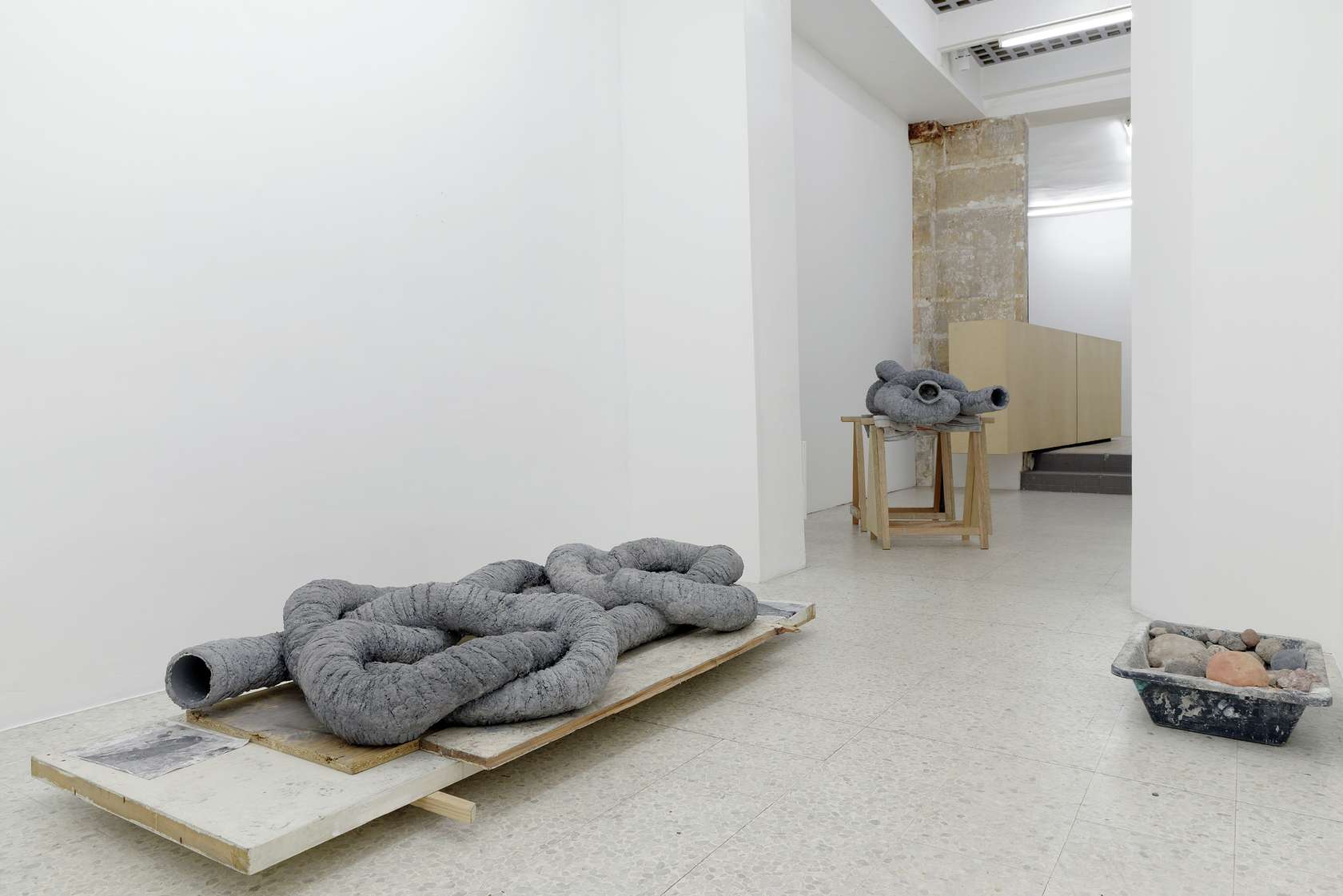 3/6
3/6
Laurent Le Deunff, Laurent Le Deunff
-
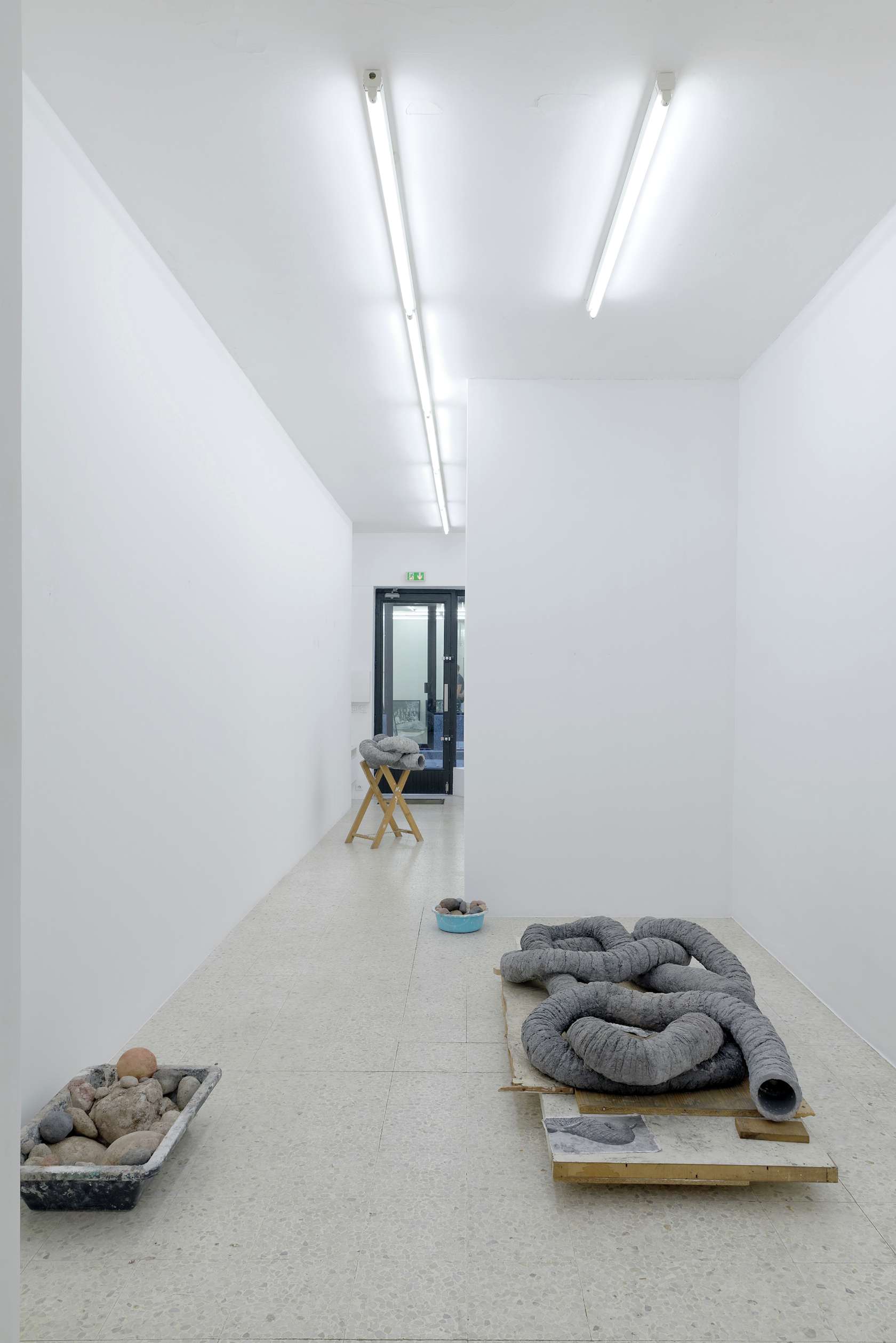 4/6
4/6
Laurent Le Deunff, Laurent Le Deunff
-
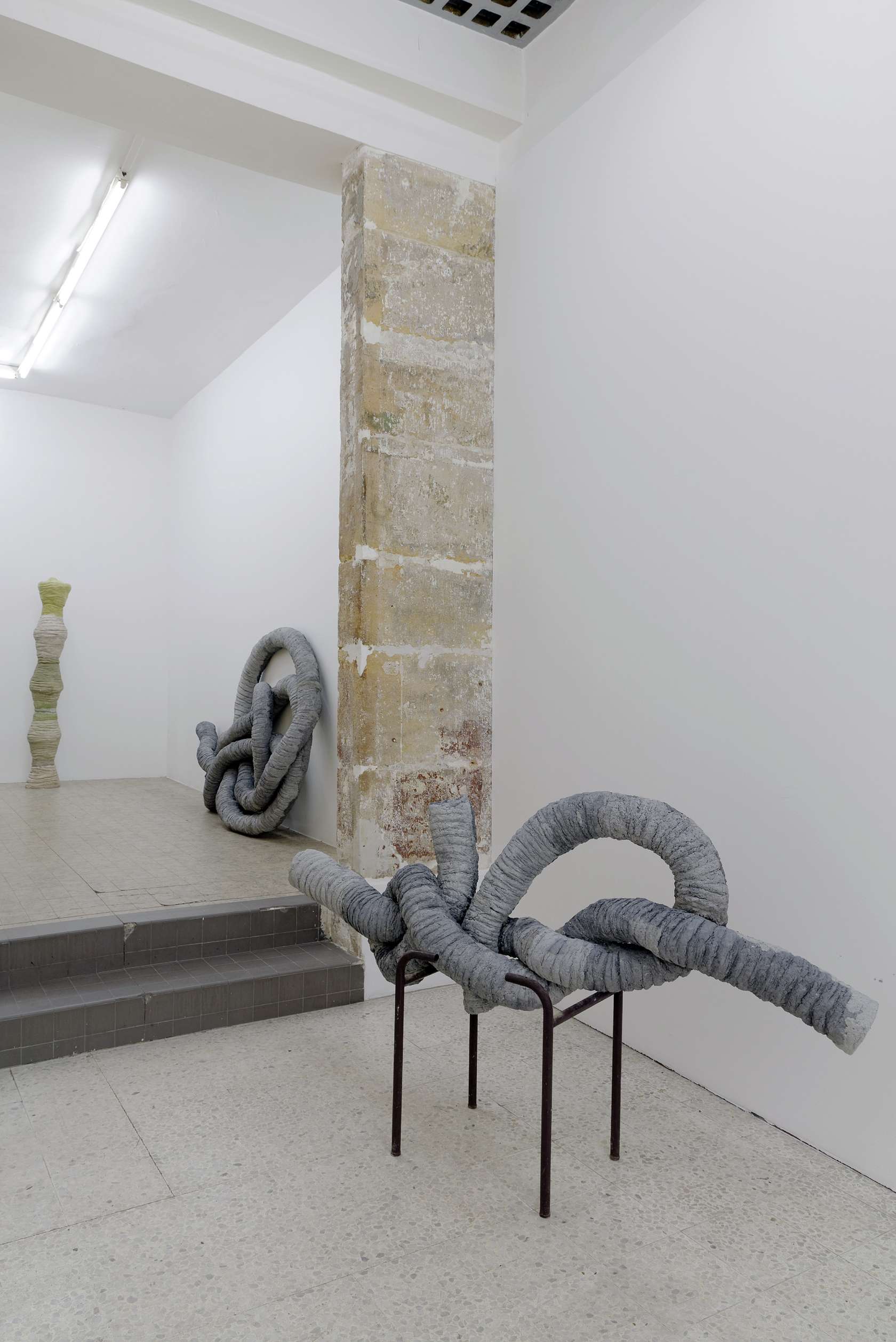 5/6
5/6
Laurent Le Deunff, Laurent Le Deunff
-
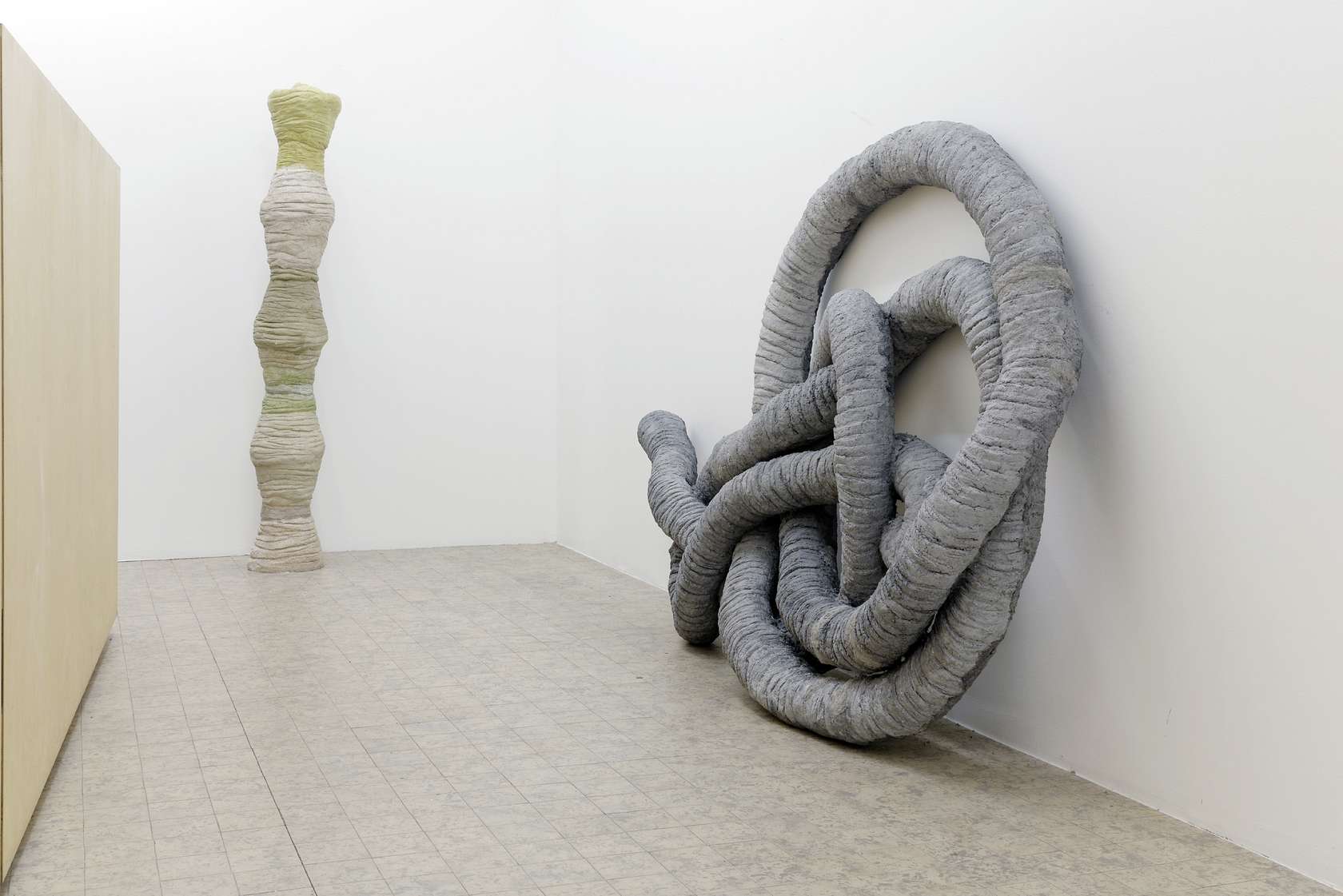 6/6
6/6
Laurent Le Deunff, Laurent Le Deunff
Let's begin from a reference point that is admittedly both a little simplistic and completely futile - as well as quickly refuted... So, when I realised that Laurent Le Deunff's precedent exhibition at Semiose gallery dated back to 2011, I couldn't prevent myself remembering that the gestation period of an elephant lasts between 20 and 22 months. In short, the elephant spends less time giving birth to her offspring than our artist has taken to produce his latest exhibition. Nothing could be further from the truth! His gallery owner immediately got me on the phone 'You're completely off track, you couldn't be more wrong. Laurent hasn't stopped creating for one second, most notably for his solo exhibitions at the Musée des Beaux-Arts in Libourne in 2011 and at the FRAC in Normandy in 2012'.
And indeed, I have to admit - not that I was ever in much doubt - that his studio has never held even the slightest resemblance to a cemetery, where dreams of uncompleted works and failed installations might be laid to rest. On the contrary, it is the place where, as a true sculptor, everything happens - all his experimentation is carried out - here, in this laboratory, where this new exhibition took form. It's hard not to notice: the oeuvres on show were not only produced in his studio but brought it with them on their journey from Bordeaux to Paris. The continuity in the relationship between the creative space and the exhibition space is also a question of identity as is clearly shown by the use of trestles, rudimentary tables and makeshift pedestals in the 'mise en scene' in the gallery. Whether they hold up sculptures of trunks or contain agglomer-ations of various substances - river landscapes, fountains galore, primordial mud (Bassine, 2013, Auge, 2013 etc.) - these 'technical' elements do not merely fulfil their role as supports; they have become decorative elements, receptacles, a trace of the creative process, of the artists personal universe.
The series A long trunk knot, (2013) composed of six elements spread throughout the gallery space, dominates the exhibition. These autonomous yet interdependent fragments form the shape of a monumental dismembered animal and are at the boundaries of teratology. The horizontal presentation of these elements gives the impression of waiting, idle sailors' knots and drawings of (thick) lines in three dimensions. The gallery, in its role as a reconstruction of the Bordeaux atelier becomes a landscape in progress
Each of the 'Knot' explores its own labyrinthine shape, its sculptural qualities and the fascinating materi-als used - a mixture of cement, papier-mâché and the pigment used in the fabrication of low-cost bricks. The confrontation between sculpture and support is rapidly dismissed as they become as one, as if absorbed into the whole. They are a logical continuation of such works as Caw (2000) - a distant relative from the artist's early years - or Column (2013), an appropriation of Constantin Brancusi's Colonne sans fin (1938) brought back to a human scale and employing agrarian materials - hypertufa, a mixture of cement, gravel, sand and peat moss found in horticulture or used in rural architecture.
So, lets finish off with a few lines concerning genealogy. If today in 2013, elephant-like subjects and sub-stances have definitively entered Laurent Le Deunff's artistic vocabulary, this direction does have ancestors: the two Mammouth from 2001 and 2009, the drawing Rut (Elephants) from 2011 and the series Trunk knots begun in 2012. These oeuvres articulate around the paradoxical lines of thought dear to the artist: the improper and the amusing, the sculptural and the narrative, a surface and its covering, sedimentation (of sources, materials and time) and intuition, artificial and natural.
Clément Dirié
Clément Dirié is an art historian, journalist, art critic (member of l'AICA), independent curator, co-editor-in-chief (along with Laetitia Chauvin) of the bi-annual Code Magazine 2.0, a review specialized in the young creation, as well as a specialized editor in contemporary art. In mai 2009, Clément Dirié opens the parisian office of the Swiss Publisher specialized in contemporary art JRP | Ringier for whom he works as the head office editor. He has curated several shows such as Let's Talk About Painting, Le Stand, Lyon, mai-october 2009, Cultural Memories / Récits parallèles, galerie In Situ-Fabienne Leclerc, Paris, november-december 2009, Jean-Baptiste Maître/Bruce McLean, Espace 1M3, Lausanne (Switzerland). In 2013, he has curated the exhibition of Valentin Carron in Paris on the occasion of the latest artist publication by JRP | Ringier of the works on display at the Swiss Pavilion during the latest Venice Biennale.